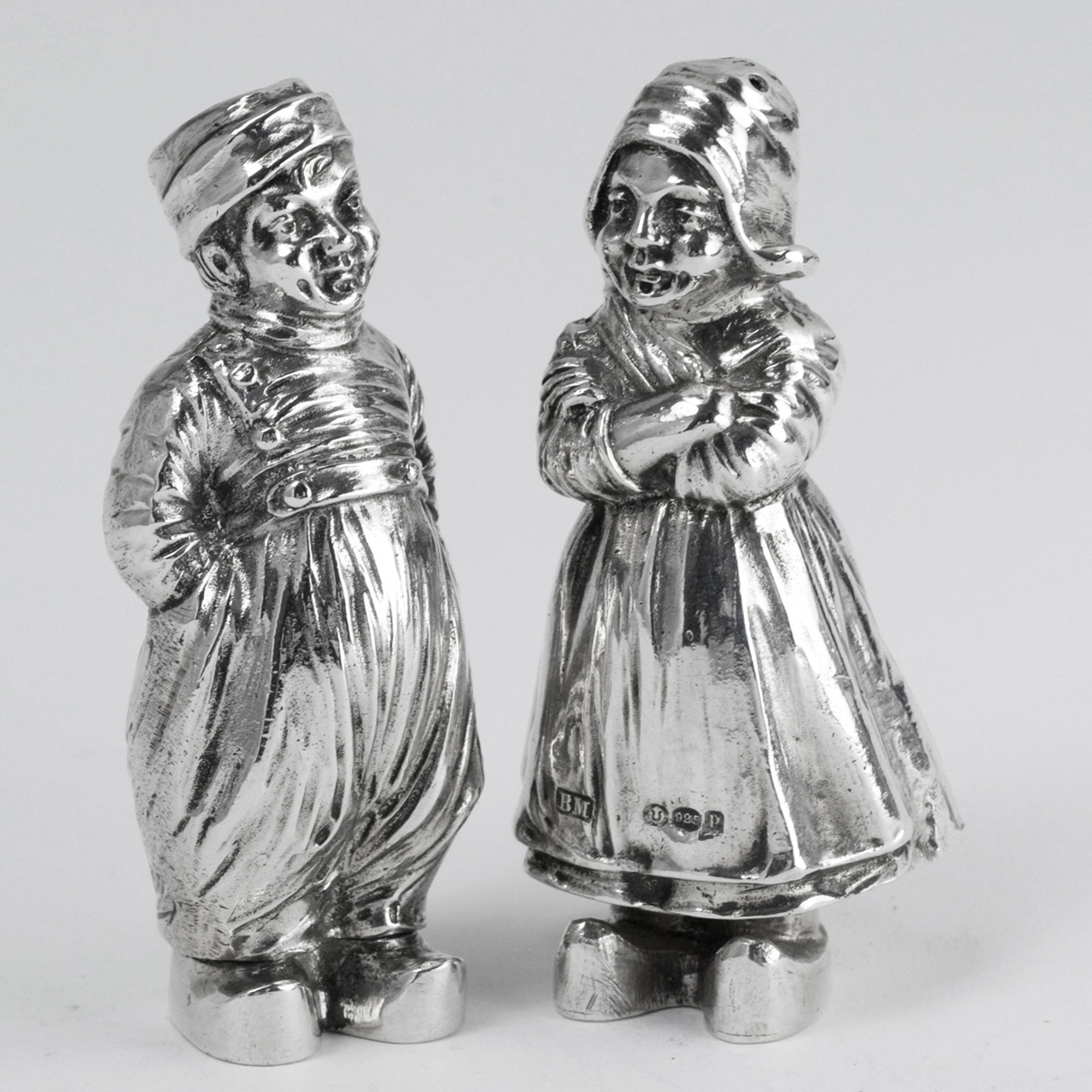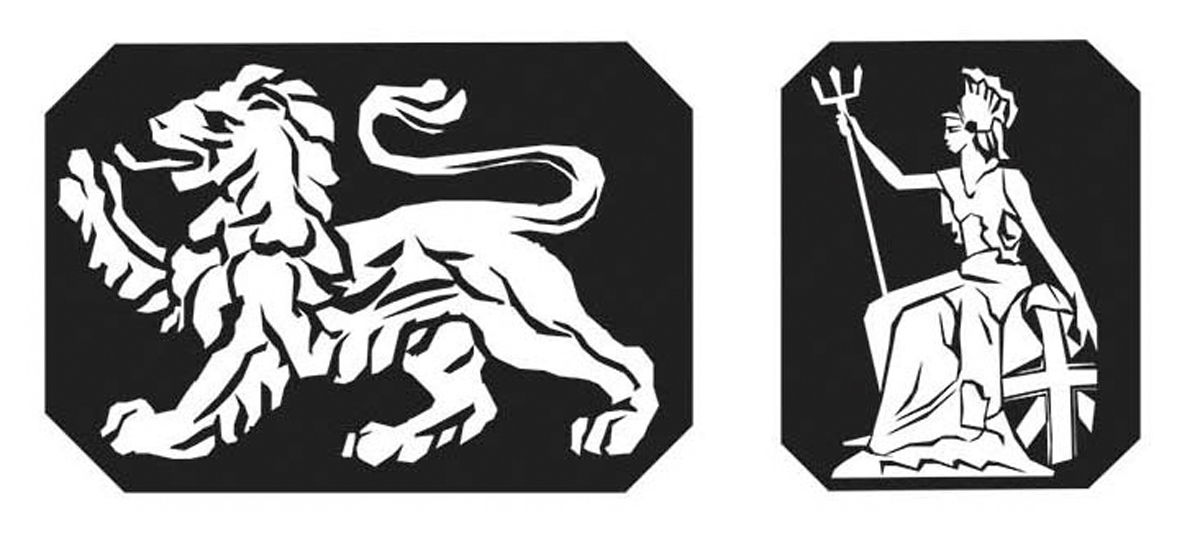Sterling Silver

Pure silver is a too soft to be practical for making coins or domestic items. During the Saxon period in England the percentage of silver in coinage was fixed at 92.5%, the other 7.5% being copper. This alloy provided both good strength and colour while retaining a high intrinsic value. It remains the composition of British sterling silver today.
As a consequence of its original role as an independent guarantee to the customer of the fineness of the metal, the hallmark has also evolved as a means of determining when, where and by whom a piece has been made; all adding to the fascination, romance and lore of silver.
The use of hallmarks, at first on silver, has a long history dating back to the fourth century AD and represents the oldest known form of consumer protection. A series or system of five marks has been found on Byzantine silver dating from this period though their interpretation is still not completely resolved. In the 4th century AD the Byzantines were marking silver with a series or system of five marks although their interpretation is not completely understood.
Noteworthy Dates:
• By 1238 the 925 standard (sterling) was imposed for coinage and domestic pieces in England. Wardens were appointed to assay (check) quality and search out law-breakers.
• Comparable marking systems were developed in other European countries over the same period. France in 1272 is the most historic, Scotland 1457, Ireland 1495, Holland 1503 and Belgium 1527.
• From 1300 silverware and coinage in Britain were marked with a leopard’s head representative of being made in London.
• In 1355 individual maker marks were introduced in France, a concept that was made statute in 1363 in Britain.
• In 1427 the date letter system was established in France, allowing the accurate dating of any hallmarked piece.
• In 1478 the Assay Office was established in Goldsmiths' Hall in London and the date letter system was introduced throughout England. To prevent fraud, makers were required to present pieces for testing at the assay “halls”, hence the introduction of “hallmarks”.
• In Britain, a fourth mark, the sterling ‘lion passant’, was added in 1544.
• In 1697, a higher standard of silver, known as the Britannia standard (95.8% silver) was made compulsory in England to protect the new coinage which was being melted down by silversmiths for the silver. The sterling standard was restored in 1720.
The hallmarks of the 'lion passant' shown below (.925 purity) and the higher Britannia standard (.958 purity).
